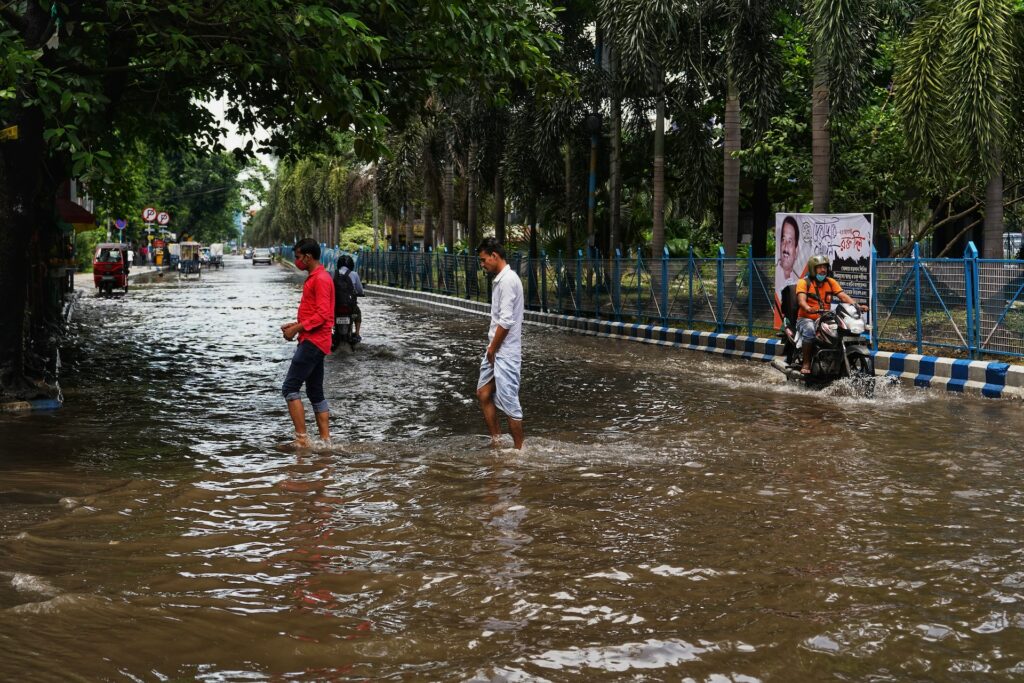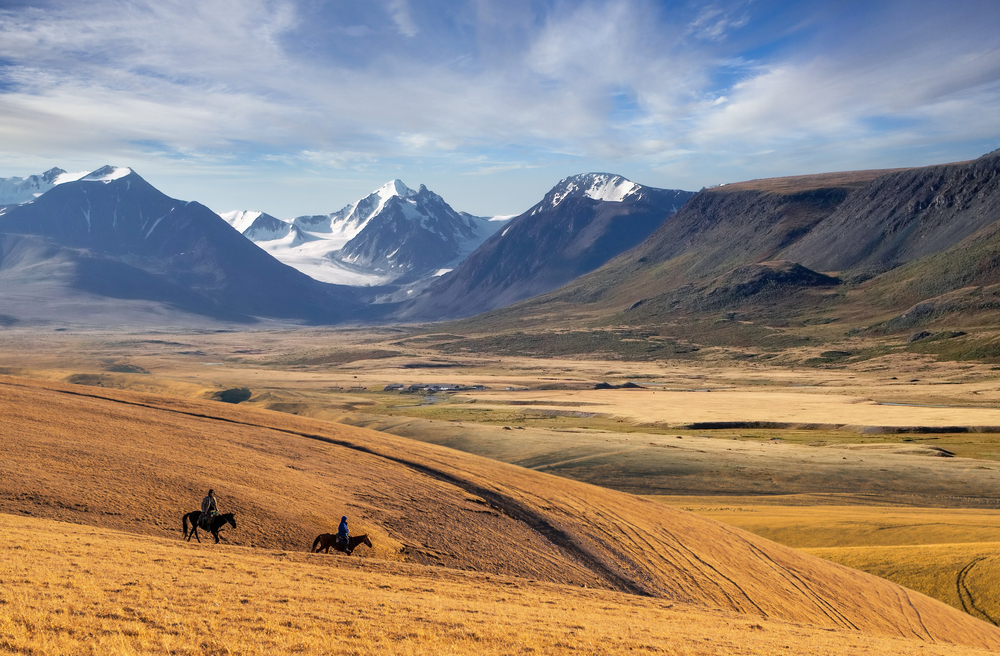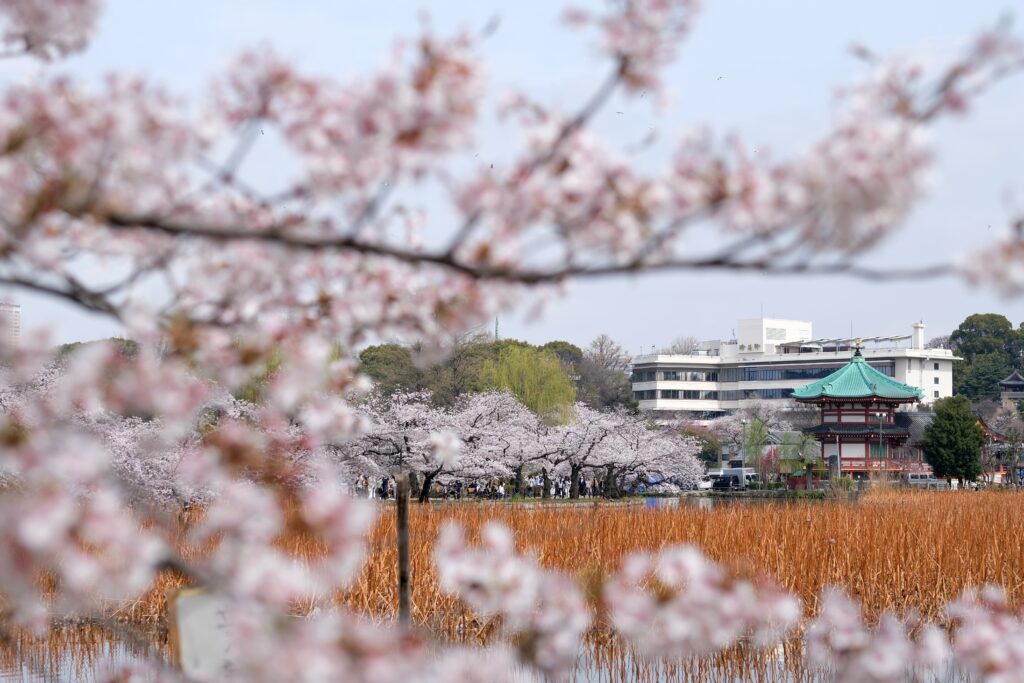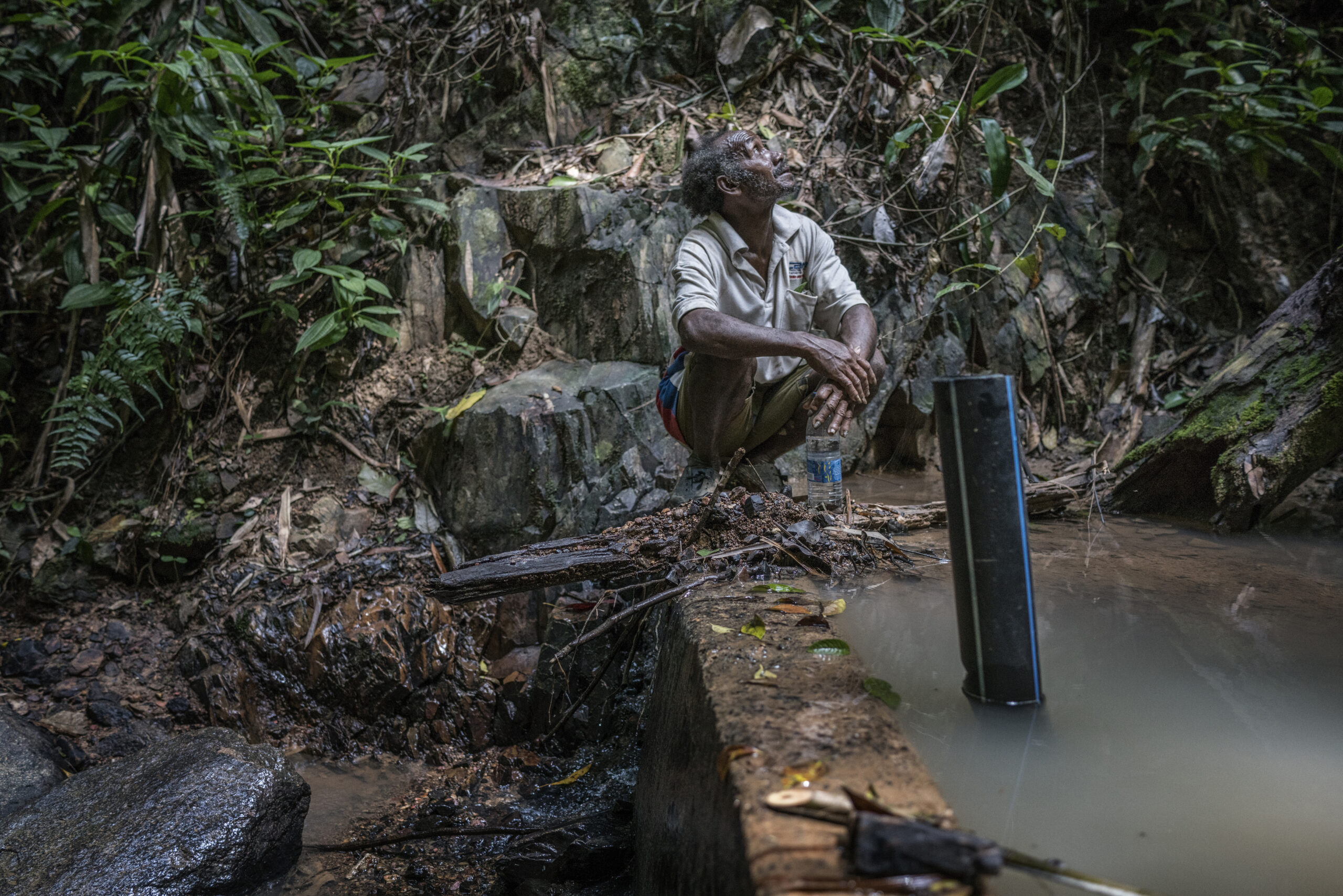At the break of dawn, Zakir Hossain quietly slips out of his slum in Dhaka—long before the corrugated tin roof and walls begin to trap the unbearable heat of the day. For daily wage earners like Zakir, the summer heat is not just uncomfortable—rather, it’s punishing, especially during the intensifying heatwaves that scientists warn are linked to a changing climate.
Zakir, in his late 40s, pulls a rickshaw—a three-wheeled cart carrying passengers around the densely populated and polluted capital of Bangladesh.
The work is already physically taxing, and rising temperatures have made it nearly intolerable. He spends over 12 hours a day under the scorching, unbearable sun and returns home to sleepless nights in stifling heat. His health exhaustion persists, which has eventually impacted his health drastically.
“The bad news is my income is dwindling, despite longer hours on the road,” Zakir says, wiping sweat from his brow and lifting his shirt to reveal a red, blistered heat rash that spreads across his chest and back. His sunburnt arms are blackened from years of exposure. “The heat makes my rashes swell, the air feels toxic, and sometimes I get dizzy on the road.”
A rickshaw puller’s income depends on his physical work outside, which is strenuous and can last 12 hours or more. In Dhaka’s densely populated, deforested streets, Zakir struggles to find shade to rest. His rickshaw offers no respite from the suffocating heat, worsened by very high moisture in the air.
“My rashes swell with the rise in the day’s temperature. The rising heat levels and toxic air pollution make it difficult for us to breathe. The hot air combustion has made me dizzy several times,” says Zakir, who toiled away 20 years of his life in Dhaka, where he came against his will after losing almost all of his ancestral land to river erosion, a disaster believed to have been worsened by climate change.
Rickshaw pullers like Zakir are among the most vulnerable in Dhaka. Half of Dhaka’s nearly 20 million residents live lives and conditions similar to Zakir’s. The lifeline of Dhaka’s mostly informal economy, the slums, are the source of cheap labour for industries and the transport sector, as well as for cleaning the city and keeping its households tidy.
They face a double burden: income loss due to health issues caused by heat and out-of-pocket costs of basic medical care.
The consequences are severe, ranging from extreme exhaustion, dehydration, high blood pressure, accumulated fatigue, weakness, dizziness, fever, body cramps, and respiratory illnesses. With Dhaka’s dense urban layout, limited green spaces, and high humidity, the city becomes unbearably hot and suffocating during summer.
Over the decades, climate change silently takes a toll on public health and income, particularly of the most vulnerable populations, such as these daily wage earners, whose jobs depend on climatic conditions.
Heat and Health
These local experiences mirror a wider national and global crisis. Human actions, such as burning coal, oil, and gas, have increased the global temperature by 1.3°C compared to pre-industrial levels. In 2024, Bangladesh experienced its longest-ever heatwave, and 57 million people were exposed to extreme heat. On average, Bangladesh faced 27 “risky heat days” in the first 90 days of summer, including the 19 days influenced by climate change. In Dhaka, 52 of the first 90 summer days exceeded the local risky temperature threshold of 30.3°C.
The heatwave in 2024 broke the previous year’s record, when Dhaka recorded its highest day temperature in 58 years – 42°C on April 30, 2023. Across the country, day temperatures stayed above 40°C for days at a stretch, leaving slum populations dehydrated due to limited water access. These conditions also worsened dengue outbreaks, which reported some of the world’s highest fatality rates, and hospitals saw a surge in patients suffering from fever and cold caused by constant sweating.
The Lancet reports that between 2000 and 2019, biologically unfavourable temperatures caused 5,083,173 deaths worldwide, including 489,075 heat-related deaths. Of these, 224,022 occurred in Asia, including 111,613 in South Asia. In Bangladesh, a 2023 joint study revealed that around 1,430 people aged 65 and older died from heat-related causes between 2017 and 2021.
Bangladesh’s public health system struggles to keep pace with this growing crisis. Limited primary healthcare leaves rural populations particularly vulnerable, while urban slums face overcrowding and scarce resources. Compounding the challenge, the government has invested USD 33 billion in fossil fuel-based power plants, but far less in the health sector, leaving millions exposed to extreme heat without sufficient medical support.
What Extreme Heat Means for Development and Economy
Increasing temperature means loss of labour in every respect.
Rising temperatures are directly impacting labour and productivity across Bangladesh. Industries, including the readymade garment sector—the lifeline of the country’s exports—are already seeing the effects. Workers are fainting during long shifts, and indoor temperatures in factories often reach 40°C. In some low-income areas, such as Kamrangirchar, daytime temperatures can be 12°C higher than in surrounding neighbourhoods.
High temperatures also affect work quality. Another LSE policy brief explained that high temperatures could impact production by causing workers to slow down, make errors more frequently, and do less physical work. Workers may also remain more absent from work due to high temperatures. Heat is capable of reducing economic output and individual wages.
About 60% of Bangladesh’s workforce is employed in high-exposure sectors such as agriculture or industries. The policy brief said that labour supply and productivity will likely decrease by 16% under a 1.5°C global warming scenario in the high-exposure sector, adding that the loss could reach 47% under a 3°C warming scenario. Workers in garment manufacturing, transport, and retail trade may have lost around 10% of their income due to heat stress.
Bangladesh’s national adaptation programme of action recognises increased mortality from heat stress as one of the main climate change vulnerabilities. The LSE warned that high temperatures might have endangered the lives of hundreds of thousands of Dhaka’s poor, who do not have access to water to get hydrated on hot days. Particularly vulnerable are those with pre-existing medical conditions, especially infants and the elderly.
A report released by the Arsht-Rock said Dhaka was losing USD 6 billion worth of labour productivity yearly due to heat stress from extreme temperatures. In a 2023 policy brief, the University of Leeds and the LSE predicted that Bangladesh could see a 46% decline in workforce and productivity over the next six decades because of heat stress caused by global warming. The policy brief stated that the loss could be limited to 11% by 2080 in the best-case scenario. According to the policy brief, labour supply and productivity combined are projected to decrease by 25% in the worst-case scenario in sectors less exposed to heat. In the worst-case scenario of global warming, Bangladesh is projected to lose GDP by 1.7% per year by 2037 and by 7.6% per year in the long term, the 2023 policy brief noted.
The worsening heat stress is closely linked to Bangladesh’s reliance on fossil fuels. Green activists and energy activists called on the government to phase out fossil fuels and replace them with renewable energy. Limited climate finance and discriminatory policies stalled the renewable energy transition, eroding investors’ confidence. While the government needed to cut fossil fuel subsidies, energy experts said, it may also waive import duties on equipment for renewable energy projects. Bangladesh may turn to international cooperation to unlock global climate finance and facilitate its renewable energy transition.
The escalating health impacts of climate change call for urgent climate policy and climate action from international policymakers and influential global stakeholders. We urge the global communities and high-level policy-making audiences to ensure adequate adaptation financial support reaches climate-vulnerable countries like Bangladesh, where timely investment in health and energy transition is critical to protect millions of lives and livelihoods.

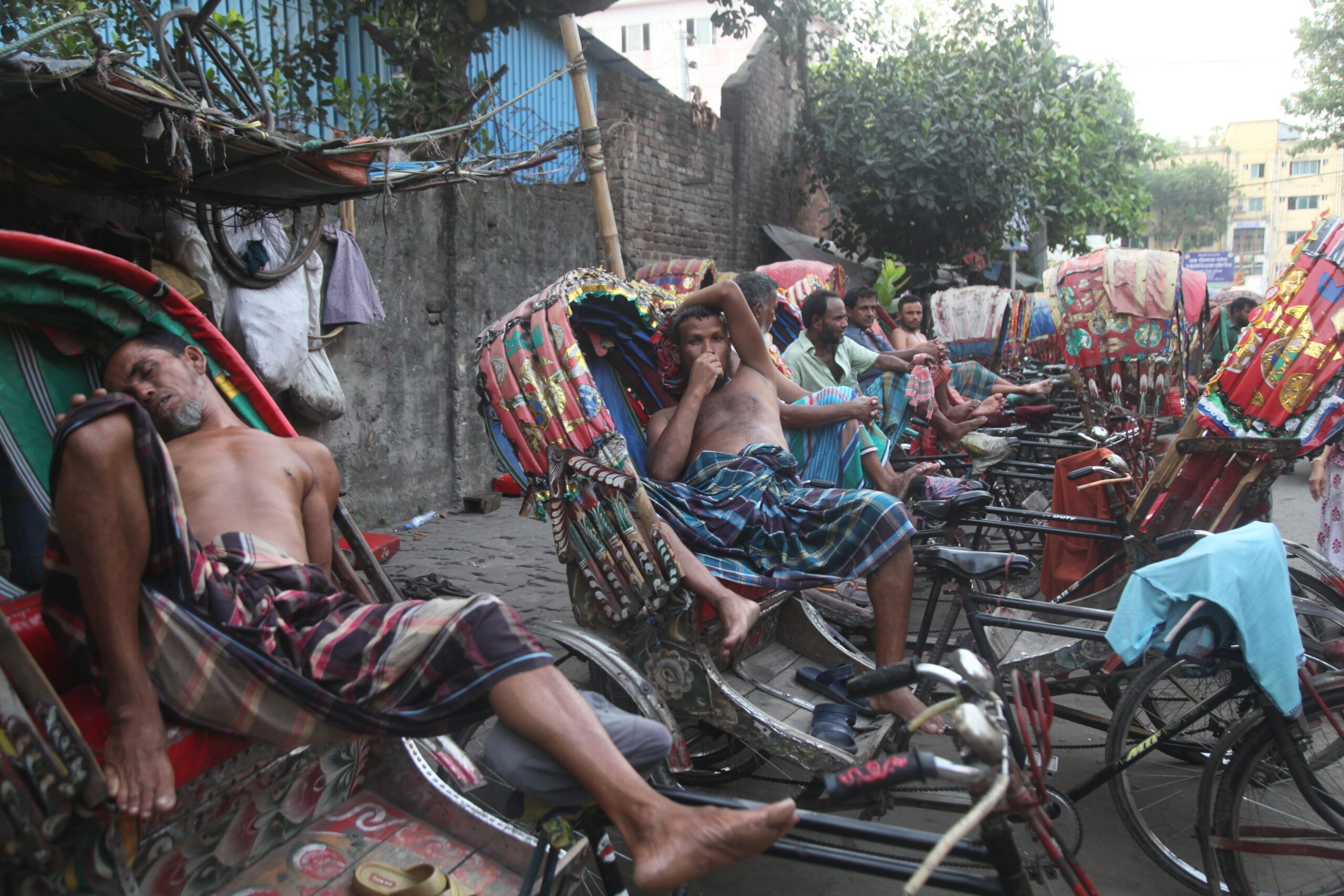
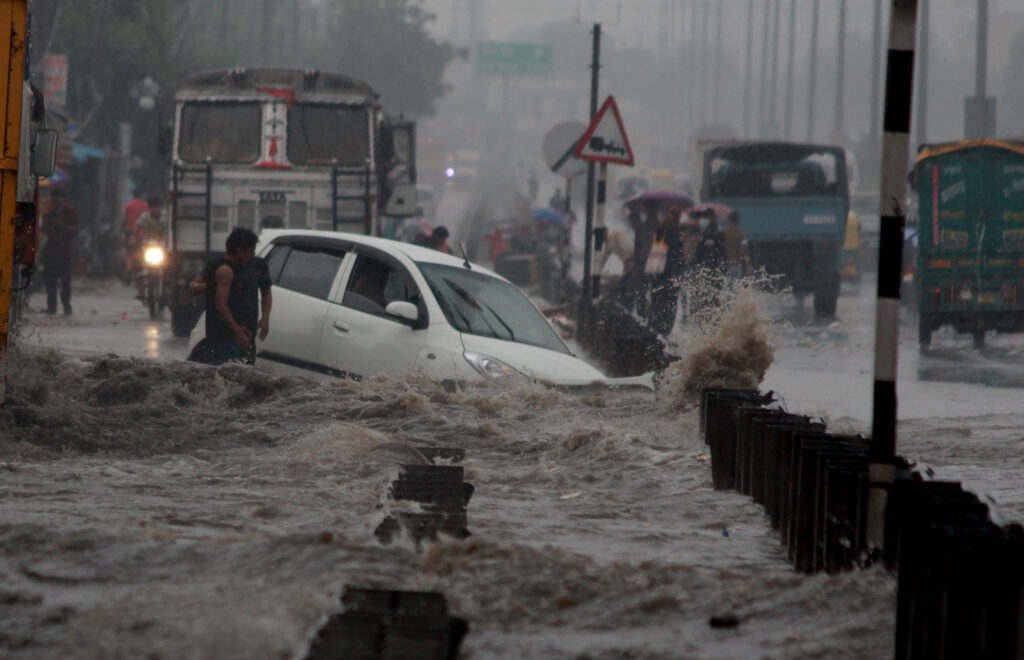
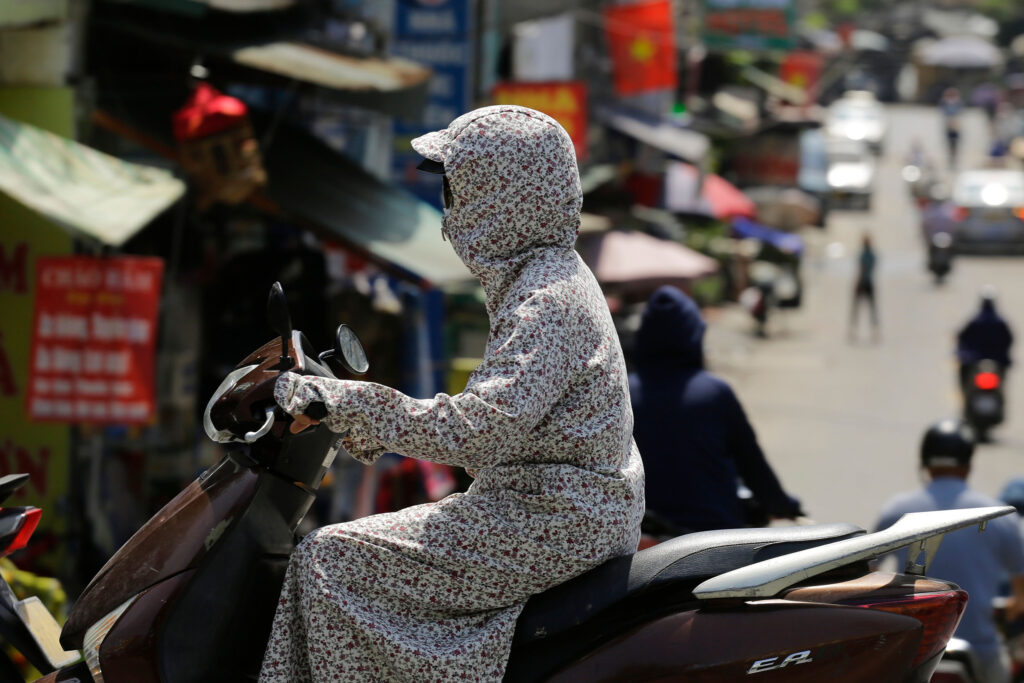
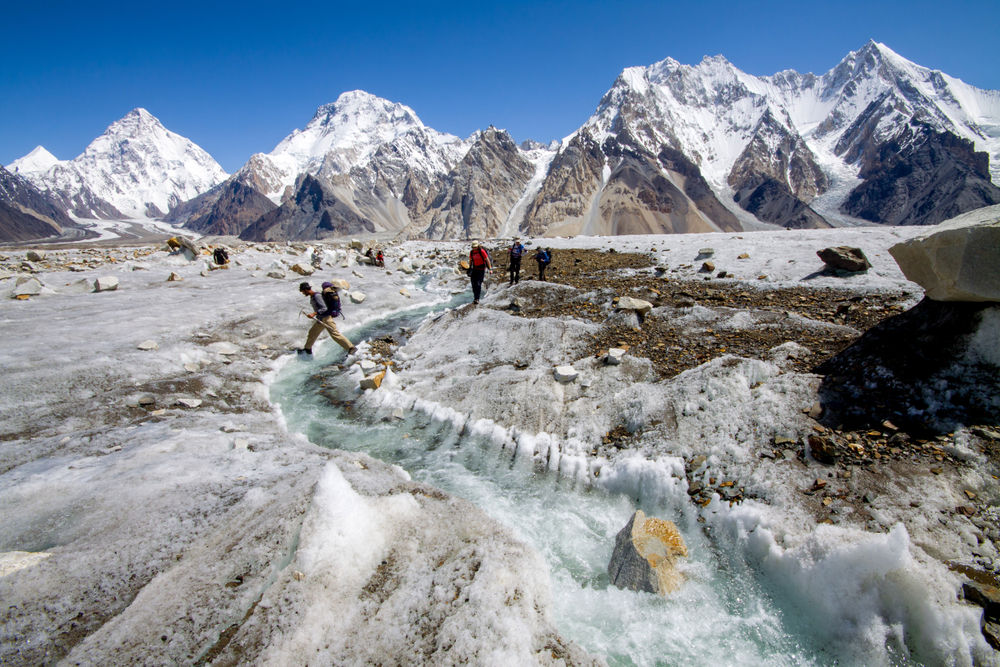
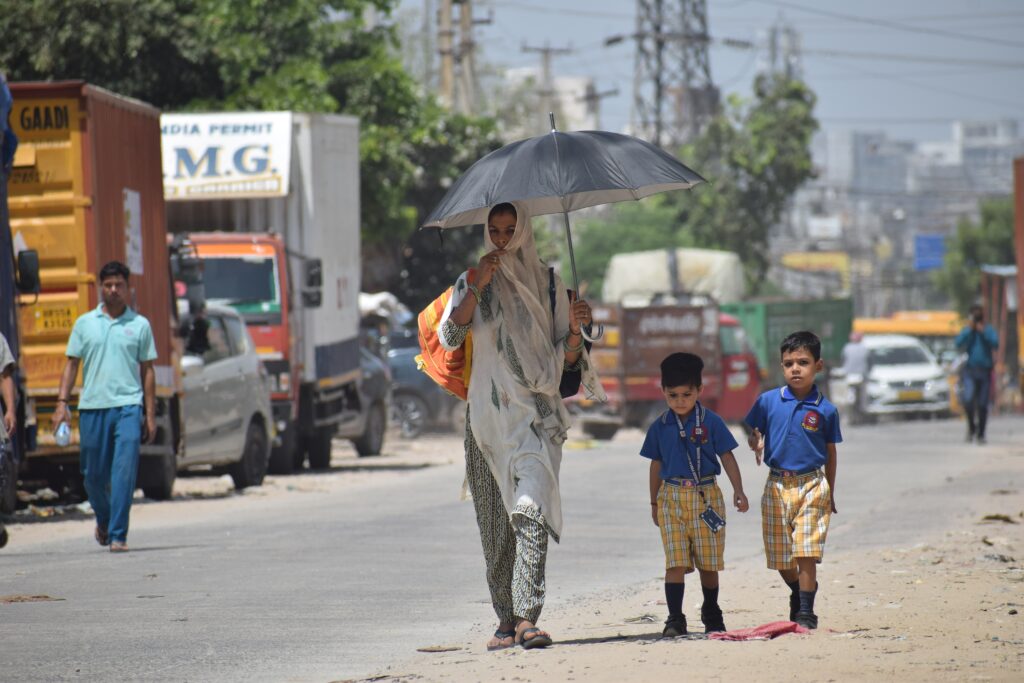
![Droughts and Water Scarcity: Asia’s Water Crisis [Part Two]](https://www.climateimpactstracker.com/wp-content/uploads/2025/10/shutterstock_2602524629-1024x683.jpg)



